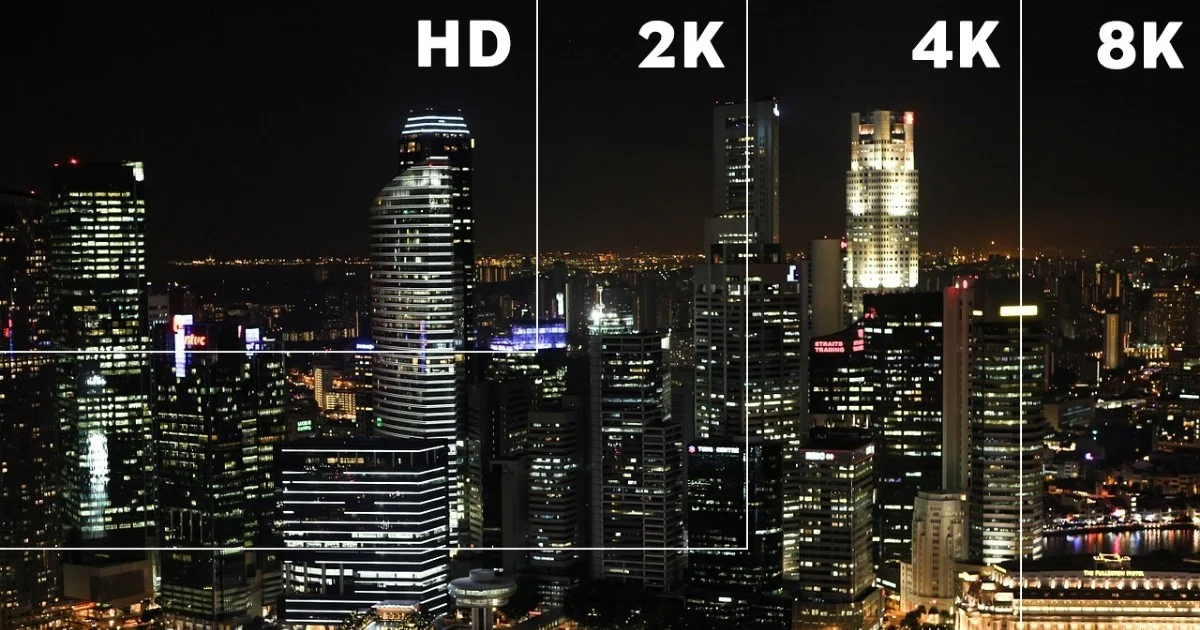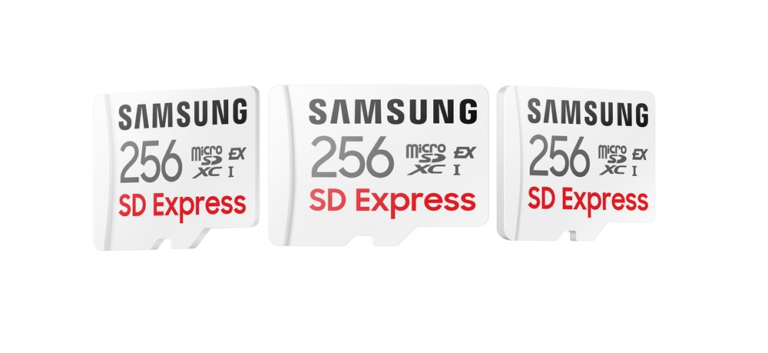
In the world of technology, especially when it comes to TVs and computer monitors, the use of the letter ‘K’ can be a source of confusion. Terms like 2K, 4K, and 8K are often thrown around, leading consumers to believe that these values represent specific resolutions and dimensions. However, the reality is far from straightforward.
What Exactly is ‘K’?
First and foremost, it’s crucial to understand that the ‘K’ in these terms simply refers to the number of horizontal pixels on a screen, and it’s roughly equivalent to a thousand pixels. Therefore, a 2K display has around 2,000 horizontal pixels, while a 4K display boasts approximately 4,000.
The confusion arises because the number of ‘K’s a display has doesn’t tell you much else about the display. For instance, a 1920×1080 display, often referred to as Full HD or 1080p, can technically be called 2K. However, few people use this term in practice. Instead, 2K is more commonly associated with 2560×1440, despite the horizontal resolution being closer to 3,000 pixels.
Adding to the complexity, the Digital Cinema Initiatives (DCI) attempts to define a standard for 2K, but even within this standard, there are variations depending on how a video is cropped. DCI, which represents major movie studios, has a native 2K version and a cropped version, both of which are quite different from the 1440p monitor commonly advertised as 2K.
4K and Beyond
Now, let’s delve into 4K and higher resolutions.
4K typically means a display resolution that is about four times that of a 2K display. Contrary to what the numbers suggest, most consumer displays marketed as 4K are technically Ultra HD, with a resolution exactly four times that of Full HD screens. However, be aware that some displays labeled as 4K, such as those found on certain phones, achieve their “4K” designation by altering their aspect ratio rather than adding more pixels.
Ultra-Wide Monitors introduce another layer of complexity. Some high-end ultra-wides share the same 2160p vertical resolution as other 4K monitors but have more horizontal pixels. These are sometimes referred to as 5K Ultra-Wides, which makes sense. However, this should not be confused with having more vertical pixels, as there are screens marketed as 5K or 5K UHD with a standard aspect ratio.
While the ‘K’ system can provide a quick reference to a display’s crispness and is a powerful marketing tool, it’s essential to consider the actual horizontal and vertical resolution of any display before making a purchase. Furthermore, always keep in mind that a horizontal to vertical ratio greater than 1.78 results in a wider screen than the standard. You wouldn’t want to order a 4K screen only to find it won’t fit on your desk.
In conclusion, when shopping for a new display, don’t let the ‘K’ terminology mislead you. It’s just one piece of the puzzle. To ensure you get the right screen for your needs, investigate the actual resolution and aspect ratio of the display. While ‘K’ can be a sexy marketing term, a wise consumer always looks beyond the numbers.
If you found this article helpful, please consider giving the video a thumbs up, or if not, a thumbs down.
In case you have found a mistake in the text, please send a message to the author by selecting the mistake and pressing Ctrl-Enter.






